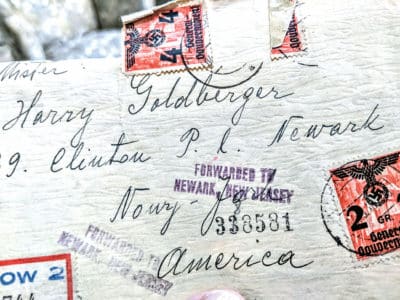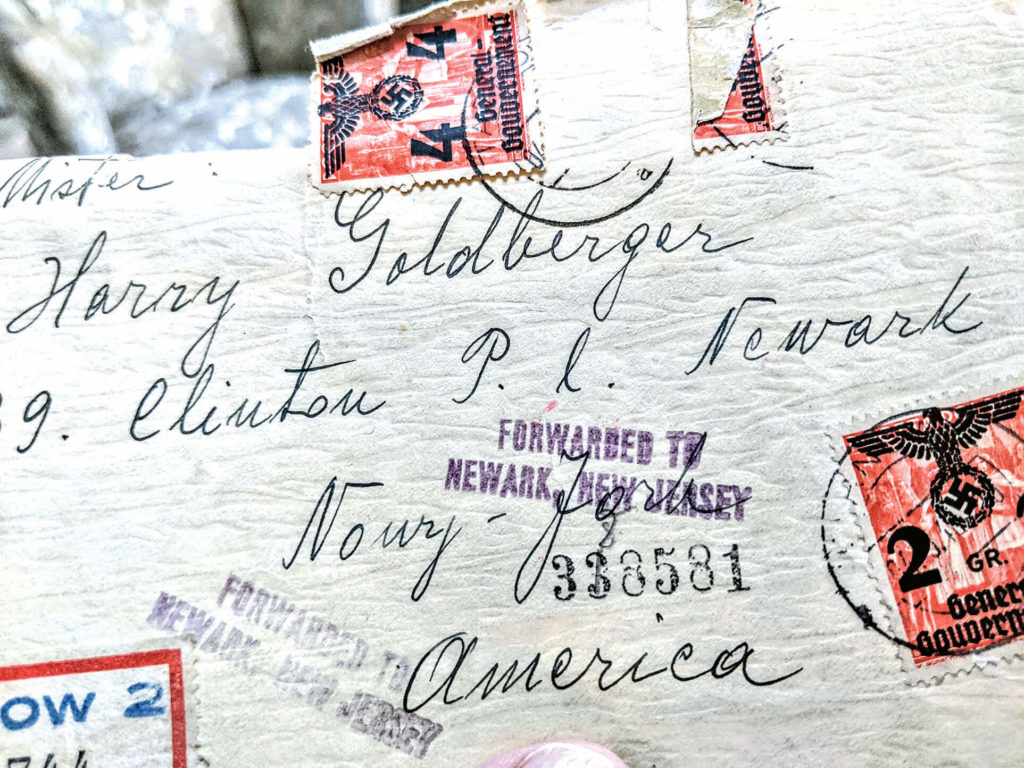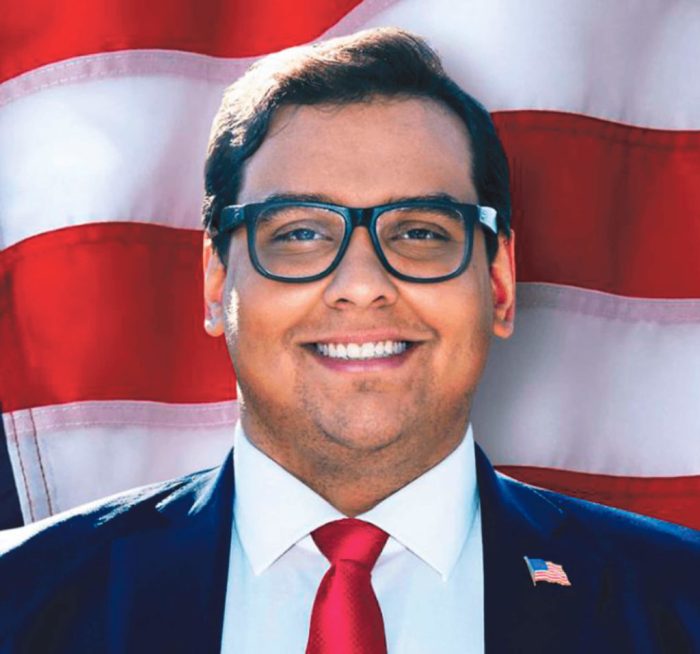This summer, in what has become an annual ritual for me, I flipped through some old photos and documents that belonged to my parents who died in the 1990s and I made a discovery that took me by surprise.
I found a stray envelope with no letter inside. It was mailed to my maternal grandfather, Harry Goldberger, who lived in Newark, NJ, in November of 1940. The letter was postmarked Tarnow, Poland. My grandfather came to the U.S from Poland sometime around the beginning of the 20th Century.

(Photo courtesy of Andrew Malekoff)
I was astonished to find swastikas featured on the postage stamps, as well as a stamped emblem signifying the Oberkommando der Wehrmacht (OKW), the High Command of Armed Forces of Nazi Germany, which theoretically had oversight over the German Army and the Luftwaffe.
However, Hitler manipulated military branch leadership, pitting one against the other, in a divide and conquer strategy that placed most military decisions in his own hands.
World War II began on Sept. 1, 1939 with Nazi Germany’s invasion of Poland.
The letter to my grandfather arrived a year after the invasion, at which time the Nazis had already dissolved the boundaries of Poland and started planning for the genocide that followed and resulted in the deaths of three million Polish Jews, half of all Jews killed during the Holocaust.
Shortly after the Germans occupied Tarnow, Poland on Sept. 8, 1939, the Nazis burned down most of the city’s synagogues and placed Jews into forced labor.
There were about 25,000 Jews in Tarnow when deportations to killing centers began. By September 1943, the 10,000 Jews who survived the ghetto were deported. Seven thousand were transported to Auschwitz, where thousands were gassed each day.
Another 3,000 Jews were sent to the Plaszow concentration camp, used primarily as a forced-labor facility, near Krakow. More than 1,000 prisoners worked for Austrian industrialist Oskar Schindler in Plaszow, who protected them from the horrors of the camp in his factory.
By the end of 1943, Tarnow was declared by the Nazis “free of Jews.” The overwhelming majority of Tarnow Jews had been murdered.
Most of the hundreds that returned after liberation, left soon thereafter to escape antisemitic attacks by locals.
Since there was no letter inside the envelope, I was left with many questions. Was my family from Tarnow? Who mailed the letter to my grandfather? Were they deported to the camps? Subjected to forced labor? Tortured? Shot? Gassed? Incinerated? Or, did they survive? Were any of them on Schindler’s list?
Hitler was installed as chancellor in 1933. Following the death of German President Hindenburg in 1934, Hitler consolidated the chancellorship and presidency under his title Fuhrer.
Although the German translation of fuhrer is “leader” or “guide,” if you look it up today you will find that it is defined as “a ruthless, tyrannical leader.”
As the German economy improved, the populist movement grew and a cult of Fuhrer worship was advanced by his propagandists. The Holocaust was well underway seven years later.
Can you imagine the damage that a modern-day Fuhrer could do in seven years? Someone with a cult of personality following who operated above the law, with unlimited power and control of the military?
Andrew Malekoff is a New York State-licensed clinical social worker.
































